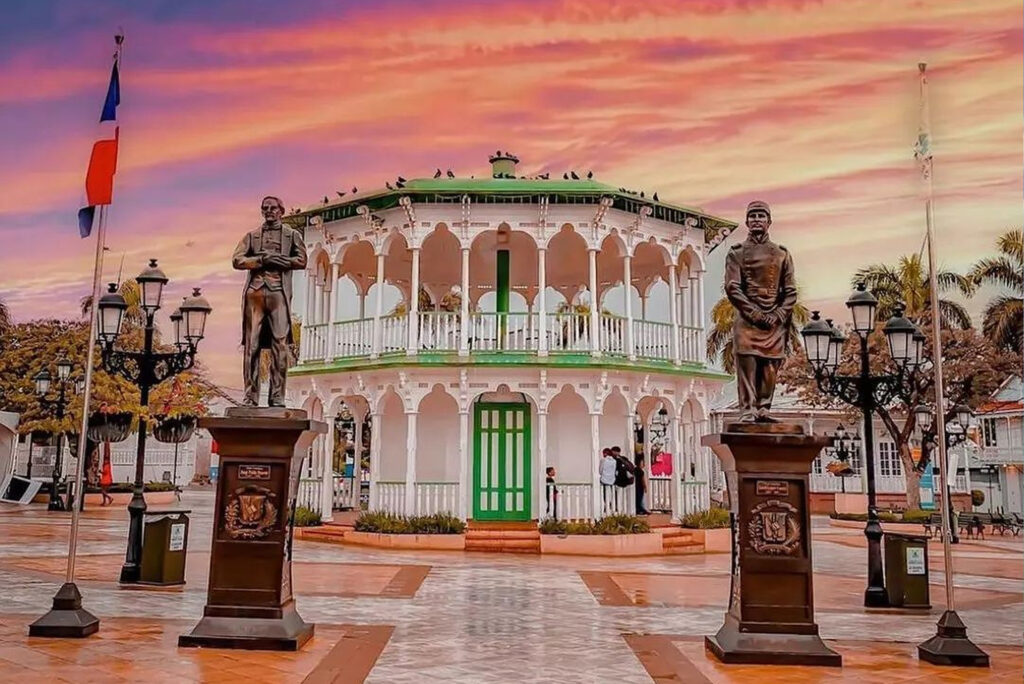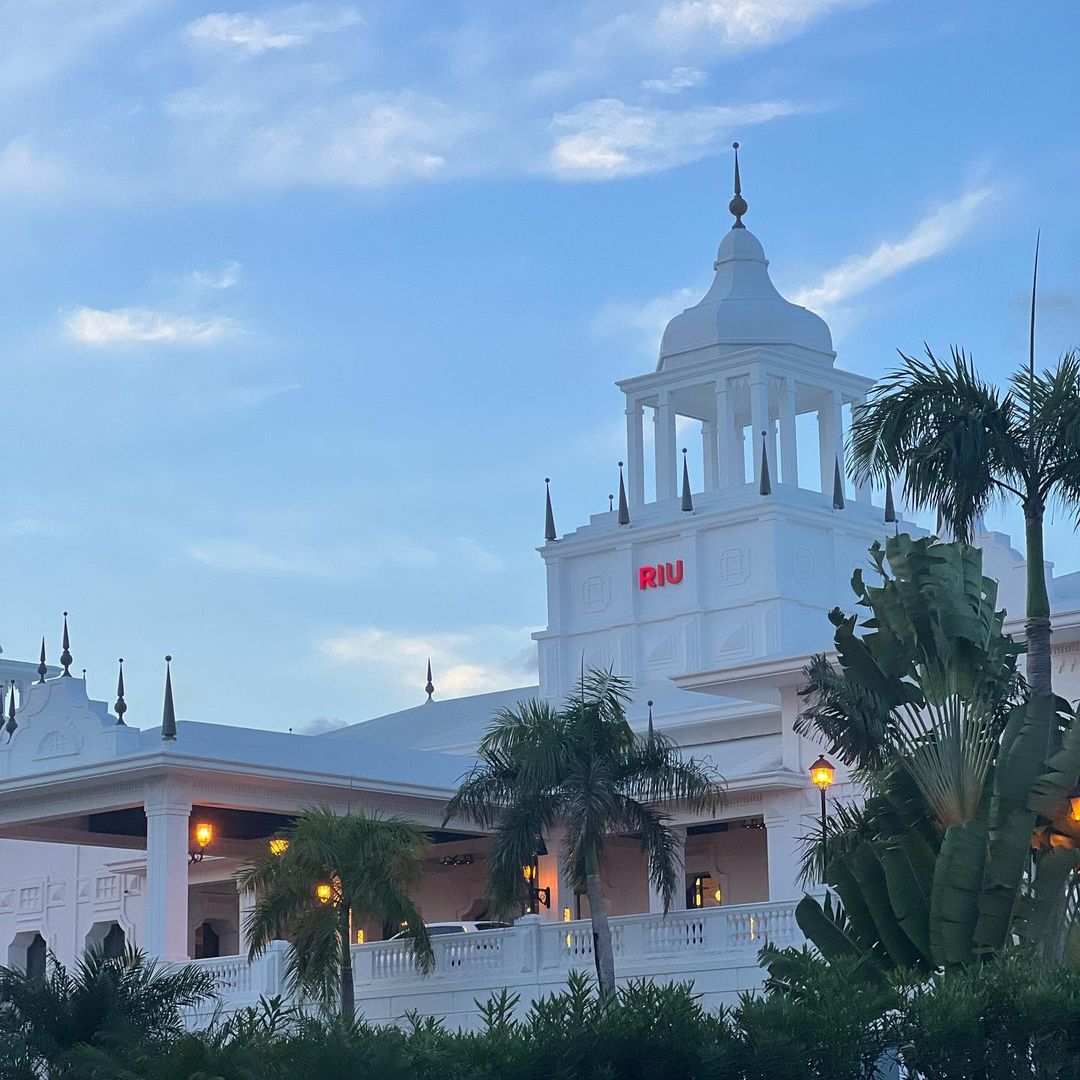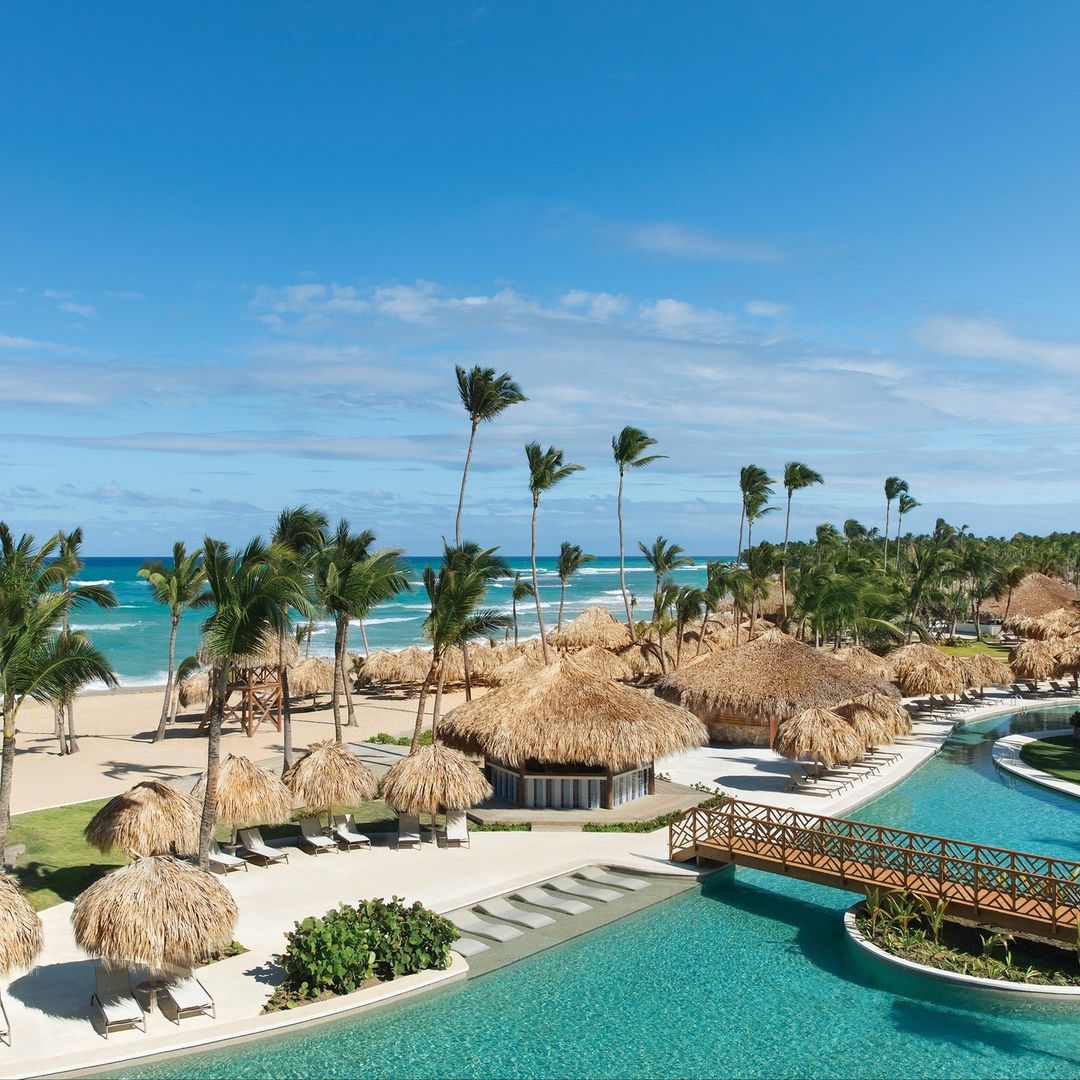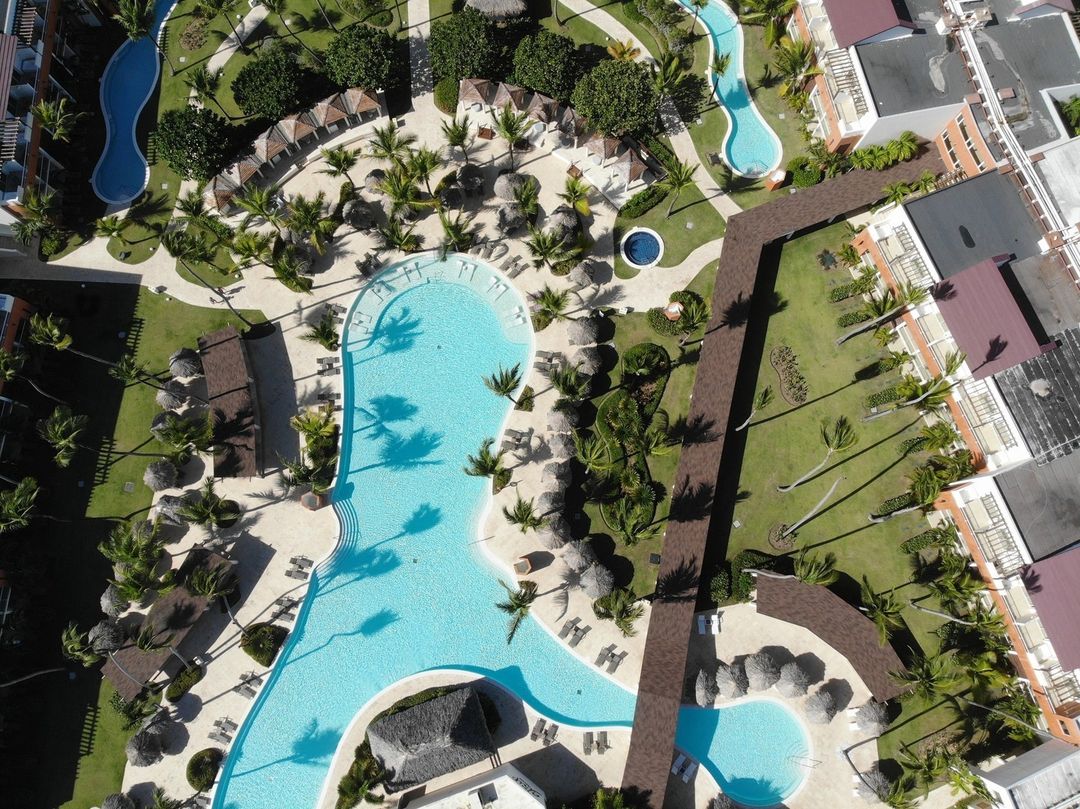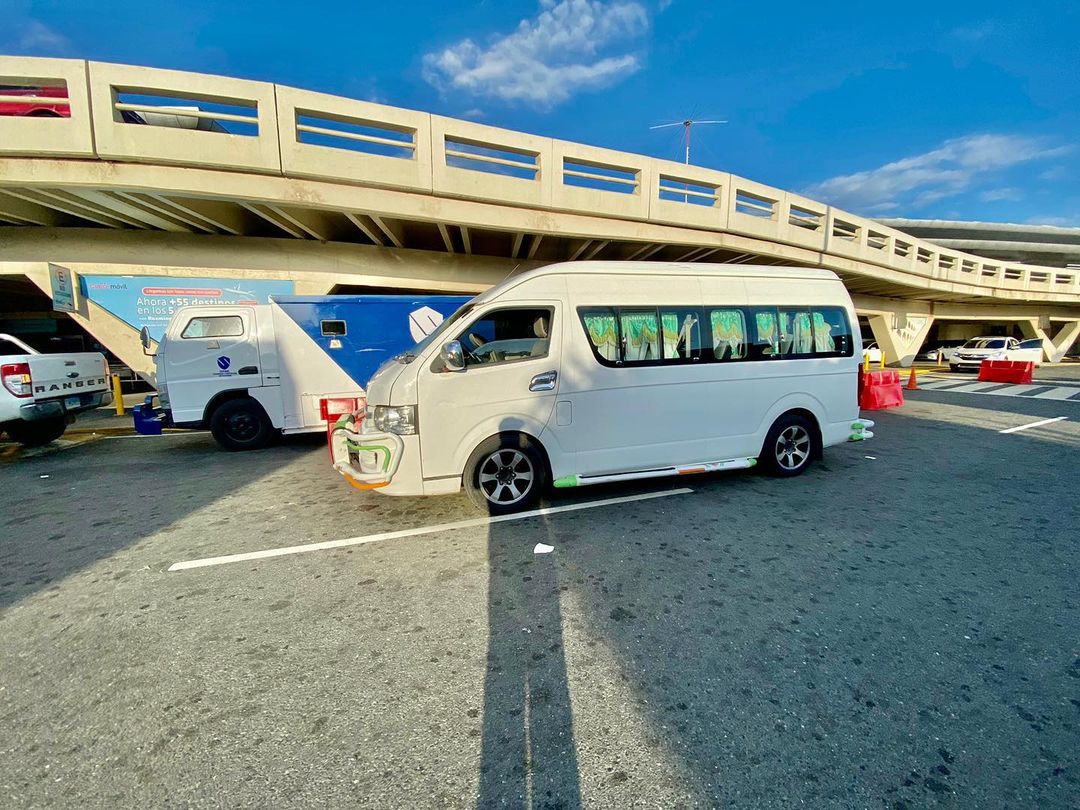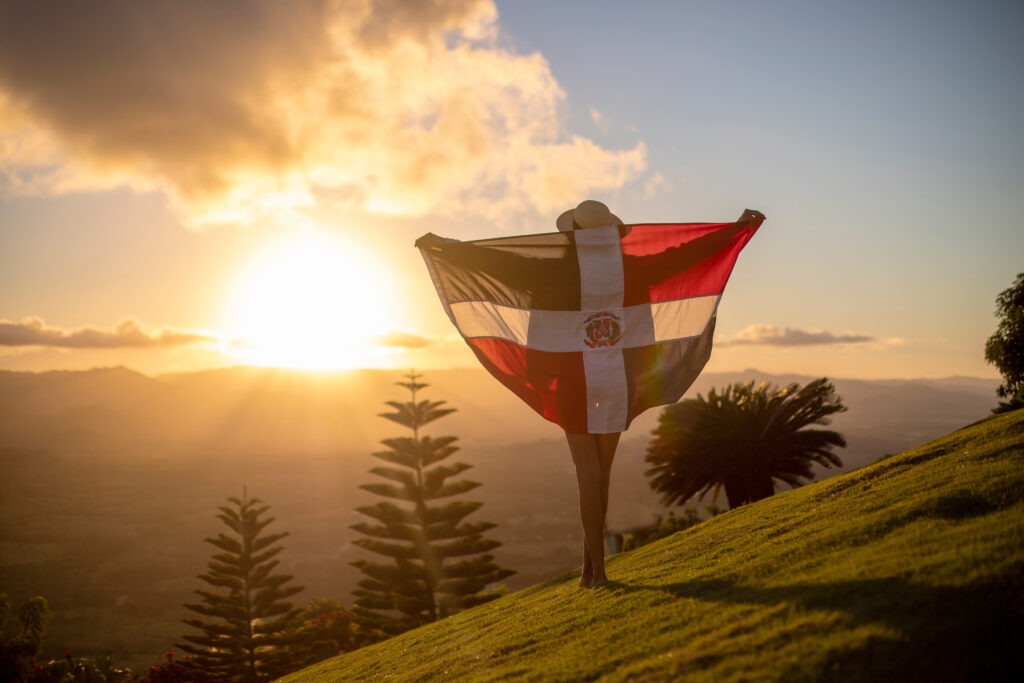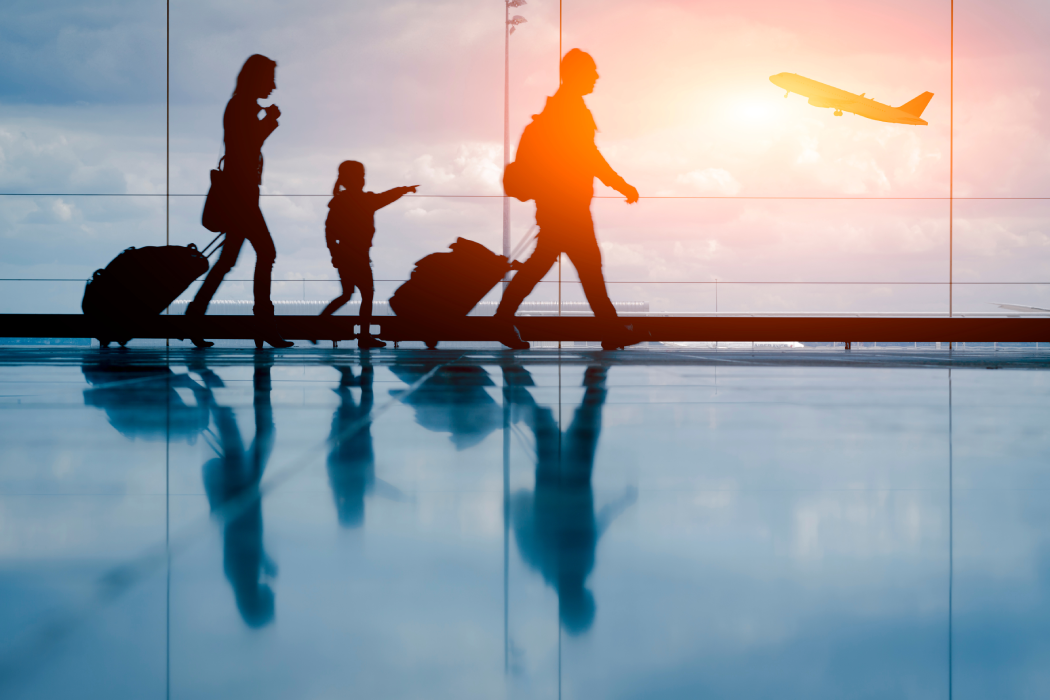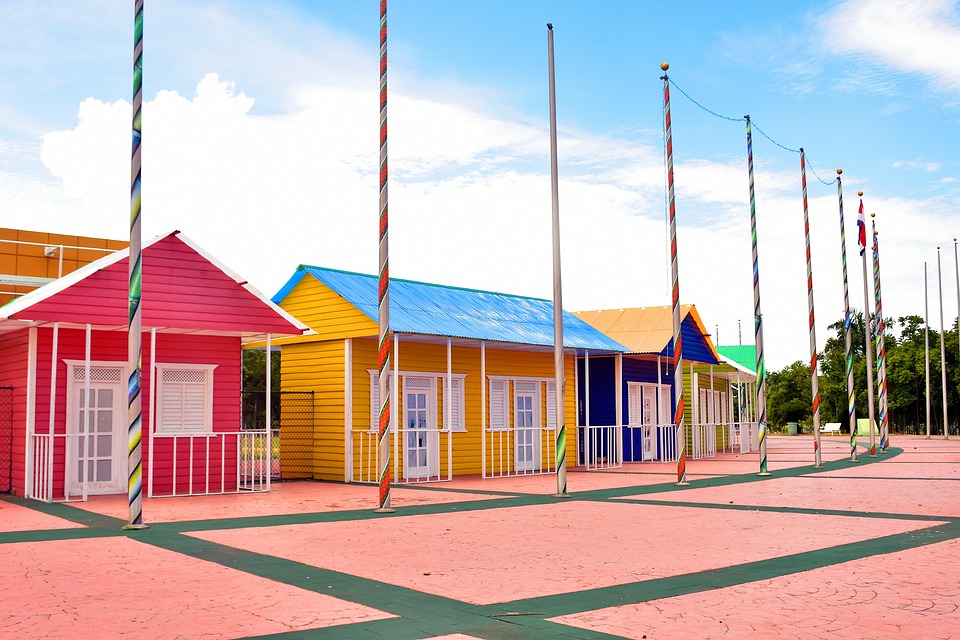There is no doubt that museums are the best places to learn about the past and present of each nation. And how can it be otherwise, the Dominican Republic has museums where the most representative Dominican culture shines, and where indigenous and European cultures meet.
As a lover of history and culture, it will surely not surprise you to learn that visiting museums in the Dominican Republic and in other parts of the world has become one of the biggest attractions in the world tourist offer since the pandemic.
Therefore, coming into contact with the cultural and historical heritage of a country like the Dominican Republic will not only complete and enrich your visit to the island, but will also allow you to immerse yourself in the memory and national identity of its people through an unbeatable experience.That is why, if you plan to visit this exotic and vibrant Caribbean country, or you are here, you cannot miss visiting the most important museums in the Dominican Republic that we present below.
Top 10: which are the most important museums in the Dominican Republic?
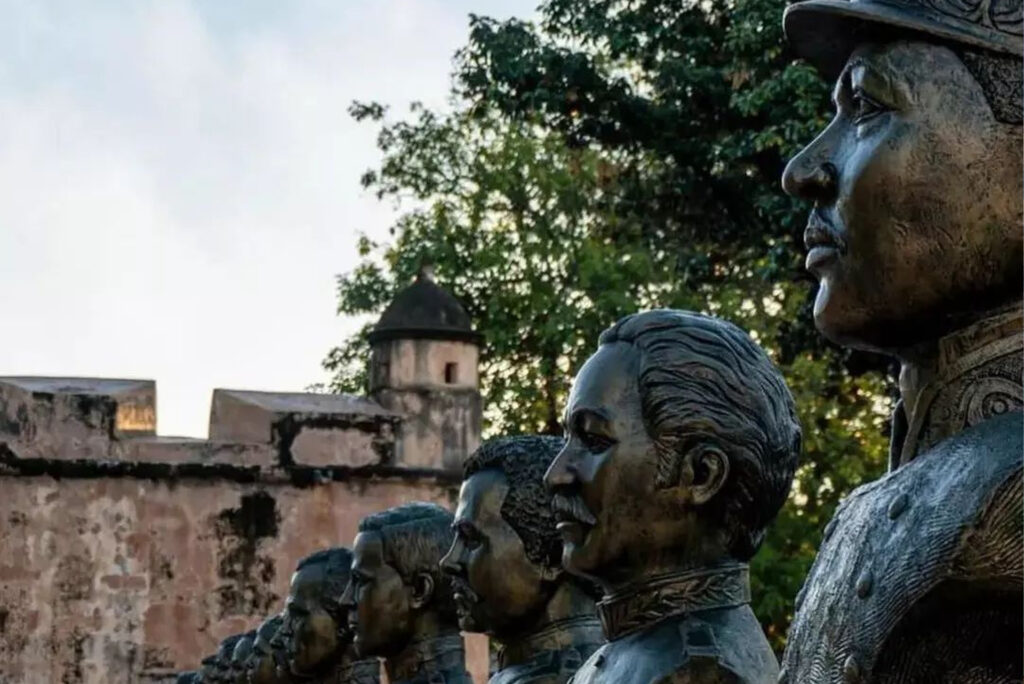
In the Dominican Republic we find a great cultural offer through its museums and cultural centers to meet with family, friends, partner or loved ones, both in the capital Santo Domingo, and in the rest of the provinces.
So, check out which are the most outstanding museums in the Dominican Republic to add to your travel itinerary during your stay on this magnificent island.
1.Museum of the Royal Houses or Royal Palaces
Location: Calle Las Damas, Santo Domingo 10210.
Long before becoming a museum, this construction made up of two imposing palaces was the seat of the main royal institutions: the General Captaincy, as well as the Royal Treasury and the Royal Court until December 1799, after the signing of the Basel Treaty that ceded the western part of the island to France.
Its construction was completed in 1520, so you may have an idea of how old it is. In fact, it was not until 1967, when the complex was restored, leaving the main entrance on the façade of the building.
Inside, you will see hundreds of pieces and elements of the time. For example, on the southern façade facing Calle Mercedes was the only known coat of arms of Queen Juana de Castilla, mother of Carlos V. This coat of arms is now on display in the museum.
Thus, the Museum of the Royal Houses is one of the most important in the country. In addition, it exhibits treasures found in Dominican waters. Therefore, you will be able to take a tour from the beginning of the Conquest to 1821, the date of the first independence.
The entire Spanish period on the island will unfold before your eyes through objects, maps, weapons, and much more. Another curious fact that you will love to know is that inside the museum we find a magnificent apothecary cabinet, made up of ceramic vessels for different medicinal herbs of the time.
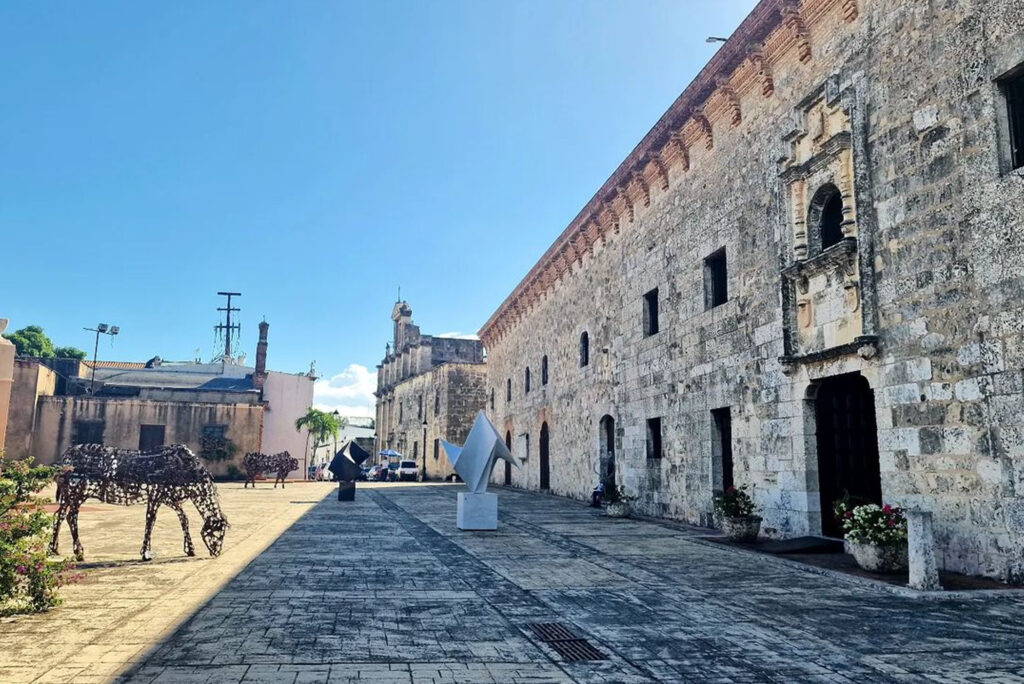
2.Museum of the Dominican Man
Location: Plaza de la Cultura Juan Pablo Duarte, Av. Pedro Henríquez Ureña, Santo Domingo 10204.
The Museum of the Dominican Man is a great place to get in touch with the history of the island, from the days of the Tainos to the arrival of the European colonizers. In addition, in it we find a lot of information about the African heritage in the region.
It was inaugurated in 1973, presenting a very complete panorama of the Dominican cultural roots, from prehistory to the present day. An important part of the exhibition halls is dedicated to the indigenous populations that have inhabited the region for hundreds of years.
In addition, you will be able to see up close a magnificent collection of Taino art: ceramics, urns, trigonoliths and cemis, emetic spatulas, ceremonial seats, and more. You will also see an important section dedicated to the period of the Conquest, as well as religious syncretism and carnival.
A complete immersion in the history of this Caribbean country that you cannot miss! In addition, it is very beneficial to take the tour if you travel with your family, and with children.
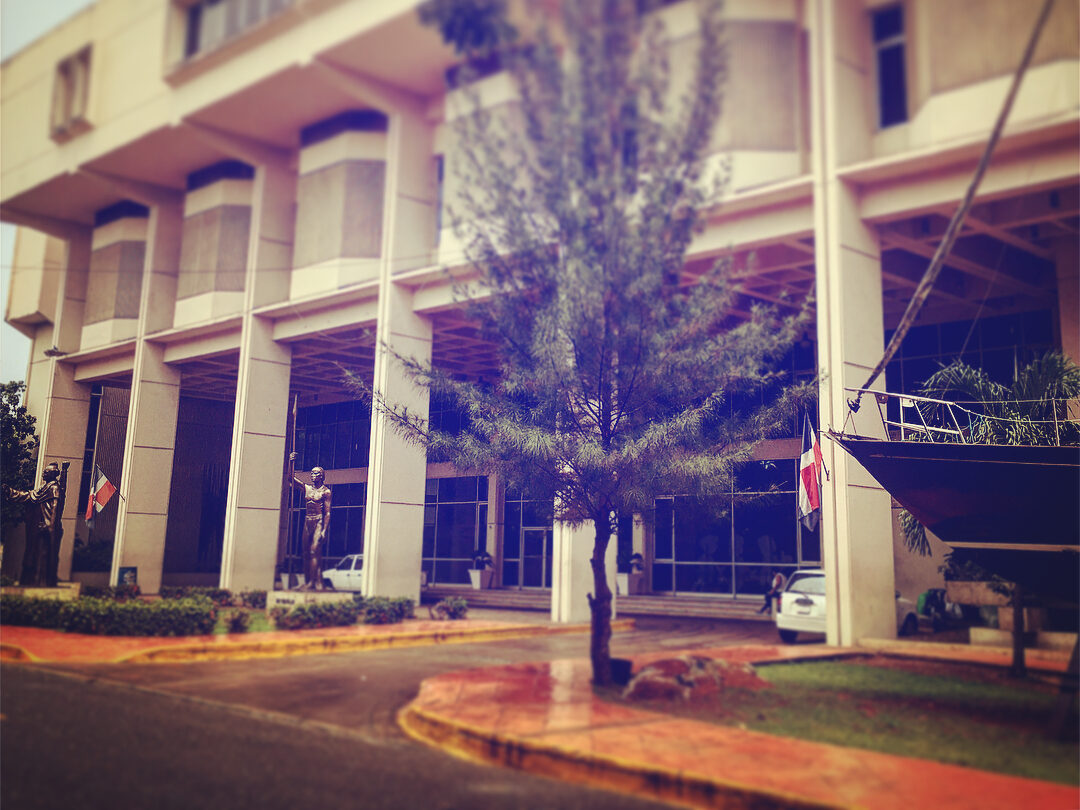 Source: @agneserica99
Source: @agneserica993.Amber World Museum
Location: Calle Arzobispo Meriño 452, esq., Santo Domingo 10210.
We continue this list of the most important museums and cultural centers in the Dominican Republic with the famous Amber Museum located in the capital. It is a workshop and shop that houses the most beautiful and largest amber and larimar stones in the entire country.
These stones will then be transformed in the museum’s workshop: everything you can buy in the store was made in the workshop. The guided tour lasts approximately 45 minutes. A very interesting museum, both in the exhibits and in the general atmosphere of the museum.
Both adults and children will enjoy it!
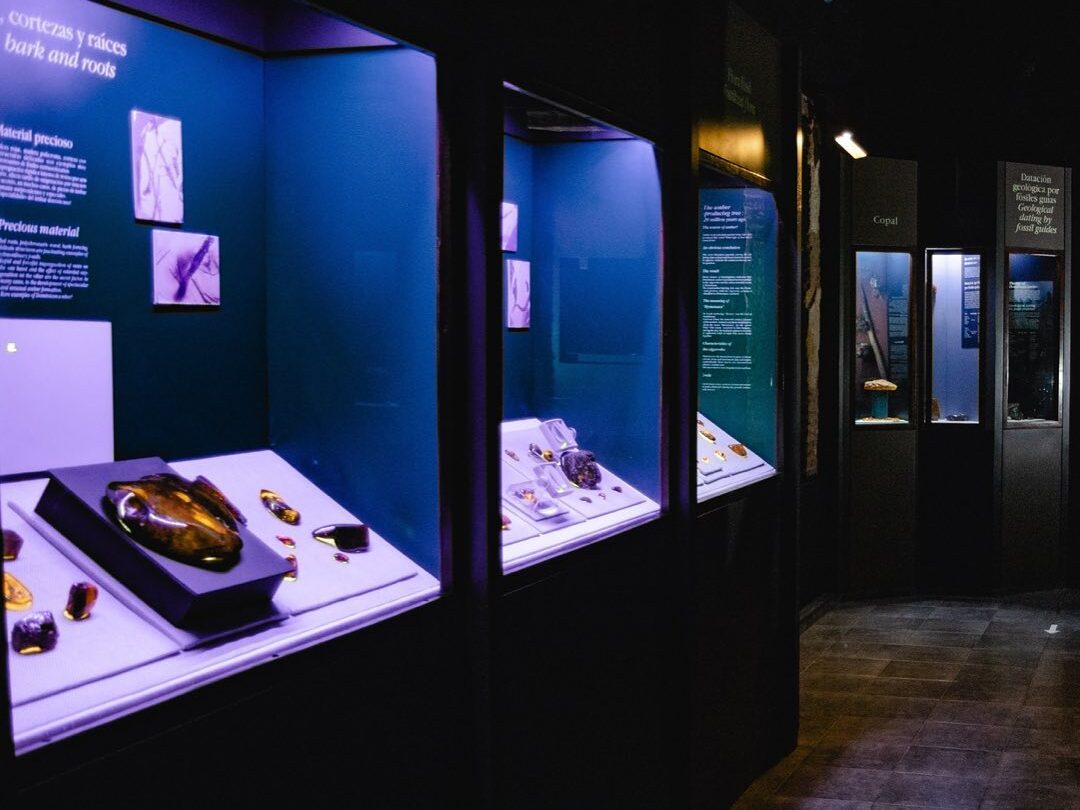 Source: @amberworldmuseum
Source: @amberworldmuseum4.Amber Museum in Puerto Plata
Location: Duarte Street. 59 with, C. Emilio Prud’Homme, Puerto Plata 57000.
The previously mentioned Amber Museum of the capital, the Amber Museum of Puerto Plata is also a space where we find one of the most outstanding exhibitions of Amber, the most popular and well-known resin. In fact, he had his appearance in the famous Jurassic Park movie!
Believe it or not, the Dominican Republic is home to one of the largest amber deposits in the world. However, its originality is found in its unique colors: blue, green, and brown-honey, since the volcanic conditions have given it these singularities never seen before.
Unlike the amber museum/workshop in the capital, in this museum you will be able to learn the complete history of this precious stone of plant origin with a sticky consistency, as it is formed from the resin of the Pinus succinifera , known as algarrobo in the Dominican Republic.
Its spectacularity lies in the fact that, inside, we can see prehistoric fossils of plants, insects and other tiny animals, which makes it a marvel for the scientific community, especially for everything that can be discovered from the past of humanity. They are like little message carriers in time!
In addition, in this museum we find an amber stone about 40cm long, inside which a lizard of this size is being held. The director Steven Spielberg himself was inspired by this prehistoric resin to give an excellent plot to his Jurassic Park movie.
Finally, the museum offers guided tours where they explain in detail how the resin is formed, and how it is extracted. You will also find a store where you can buy pieces of amber and larimar (typical blue mineral from the Dominican Republic) and other precious stones at a good price.
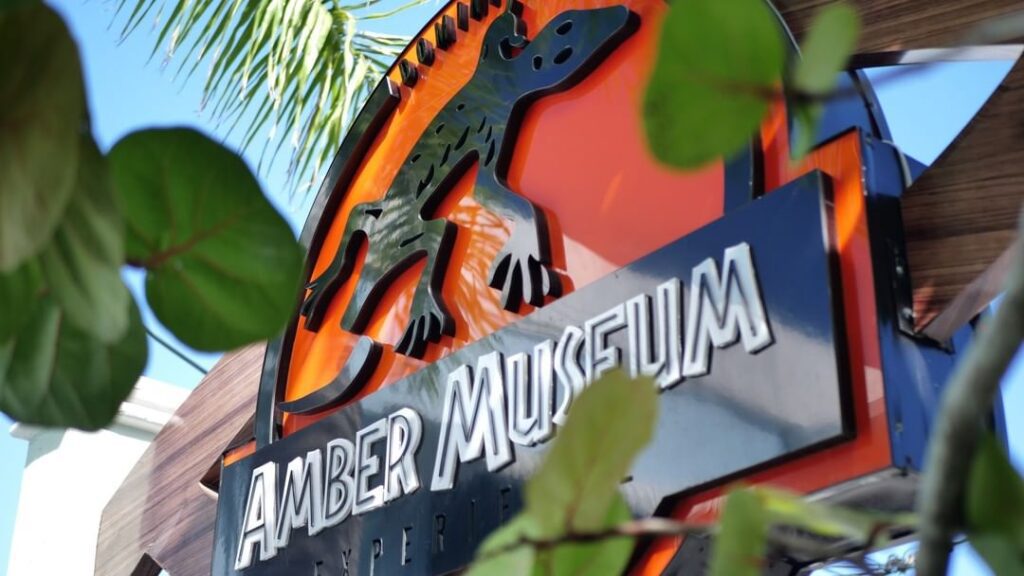 Source: @ambermuseumrd
Source: @ambermuseumrd5.National Museum of Natural History Prof. Eugenio de Jesús Marcano
Location: C. César Nicolás Penson, Santo Domingo, Dominican Republic.
Located in the Plaza de la Cultura, this museum was built by Dr. Joaquín Balaguer in 1974 and opened its doors to the public in 1982. Its name is in honor of one of the most outstanding Naturalists of these times and who He was director of the museum.
It not only works as a museum, but also as an Institution of the Dominican State for the study and conversation of the biodiversity of Hispaniola and the Caribbean region, as well as environmental education and dissemination.
In fact, if the animal world is one of your passions or interests, you will surely like to see the museum’s collection of zoological groups, which add up to around 120,000 specimens and 500 types of various species, from birds, mammals, arthropods, marine invertebrates , reptiles, amphibians, fish, and many more, which are distributed in 3 spaces.
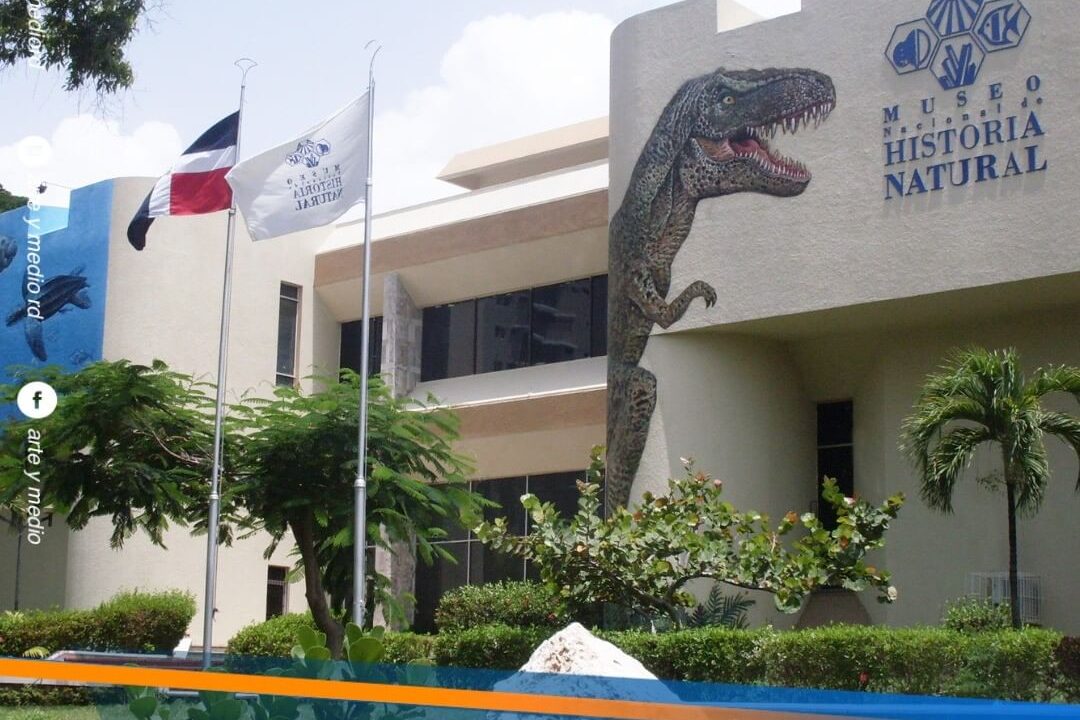 Source: @arteymediord
Source: @arteymediord6.Rum Museum
Location : Calle Isabel La Católica 261, Santo Domingo 10212.
Rum is one of the most iconic drinks in the Dominican Republic, because you can try the different flavors that this drink gives us with cinnamon and other spices from the region. In this museum, visitors are taught how rum is produced and processed, as well as cane, both quite important commercial items in the Caribbean country.
If you like, you can buy a bottle and take it home to share.
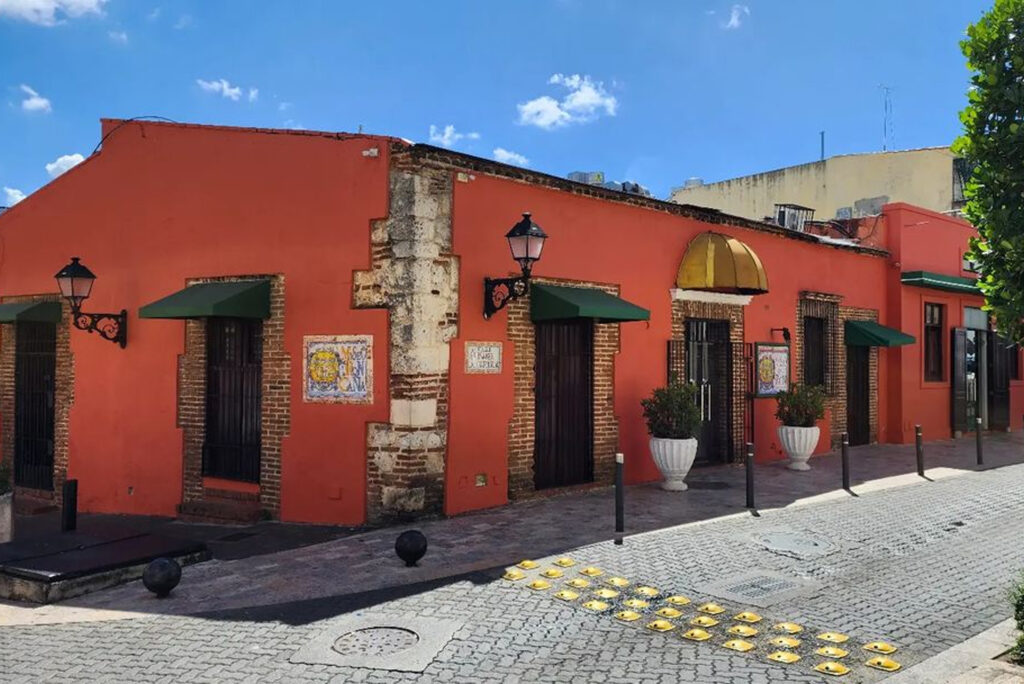 Source: @barymuseodelron
Source: @barymuseodelron7.Columbus Lighthouse
Location: Av. Mirador del Este, Santo Domingo Este 11604.
Another of the cultural buildings in the Dominican Republic that cannot be missing from your list is the Columbus Lighthouse, which is a huge gray concrete building. It is currently the newest monument , which has also been blessed by the Pope himself.
It was inaugurated in 1992 and its lighting is probably one of its most attractive features. The building rises on a hill in the center of the Mirador del Este park, in the eastern part of the city, in the same place of its initial foundation in 1496.
In addition, it has a fairly long history in terms of its construction, since originally the idea was to build a statue the size of the Colossus of Roses, embracing the two American continents between its two arms, with the collaboration and participation of other countries of the continent. American.
It was in 1927, when the OAS (Organization of American States) finally decided to create a project competition for the construction of the monument, won by the English project J.-L. Gleave: a gigantic elongated cross, placed on the ground, symbolizing evangelization and progress.
After some interruptions, the project was realized in reinforced concrete building (310 m long, 44 m wide and 33 m high), on the hill where the original city of Santo Domingo stood, culminating on October 6, 1992.
The imposing complex houses at its center the remains of Christopher Columbus, in the white marble mausoleum, now guarded by an incessant ballet of sailors. In addition, the museum covers the entire history of the same monument, from the period of the Spanish conquest.
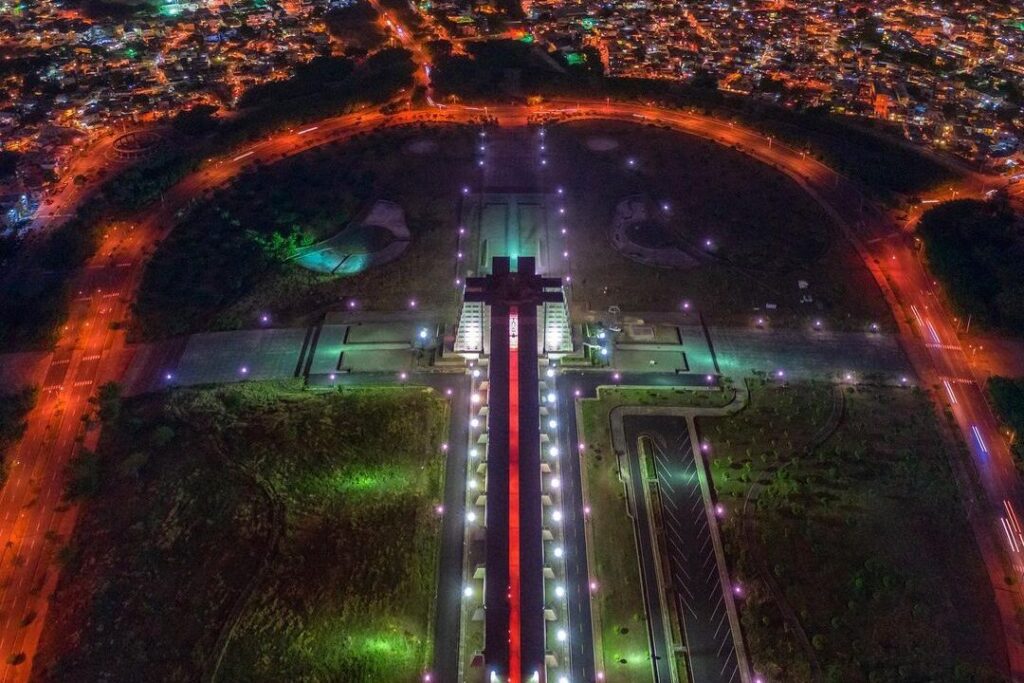 Source: @hvilorio
Source: @hvilorio8.Bellapart Museum
Location: John F. Kennedy Avenue, Honda Building (top floor) Santo Domingo.
It is the first Museum of Plastic Arts in the country, founded in 1999 by the Catalan businessman, Juan José Bellapart. As such, it only houses the artworks of Dominican artists, specifically from the late 19th century to the 1960s.
Among the works, we find a rich collection of oil paintings and sculptures by national artists from the 19th and 20th centuries. The exhibition highlights the different pictorial currents that marked this period.
In addition, three contemporary painters are specially honored: Jaime Colson, Yordi Morel and Darío Suro. An exciting visit that will immerse you in the artistic culture of the time. Do not hesitate to take a look, especially since admission is free.
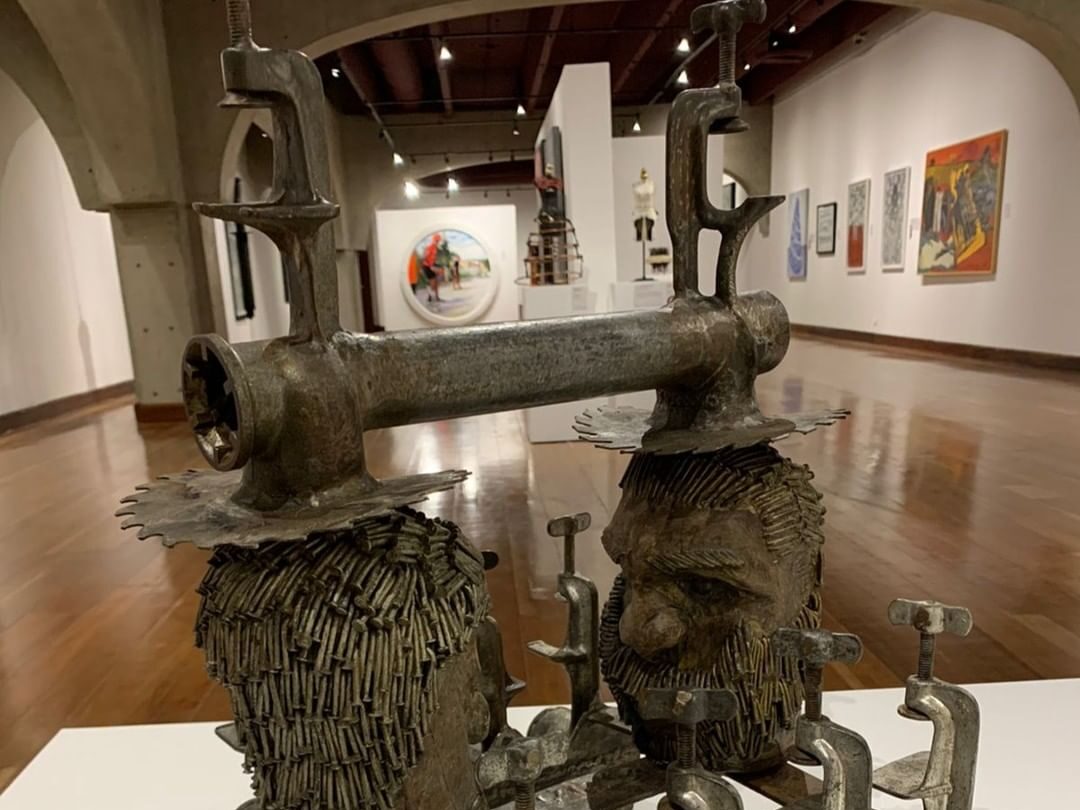 Source: @museobellapart
Source: @museobellapart9.Altos de Chavón Regional Archaeological Museum
Location: C4C5+PW5, La Romana 22000, Dominican Republic.
The Archaeological Museum is located just behind the Church of San Estanislao, in Altos de Chavón, which is a small town that is part of the luxurious Casa de Campo residential development. It has been considered one of the best and most complete museums in the Caribbean.
It was inaugurated in 1982, and houses the Samuel Pion collection, made up of more than 3,000 objects related to pre-Columbian culture and the history of the island, as well as the way of life of the indigenous population before the arrival of the Spanish. Admission is free.
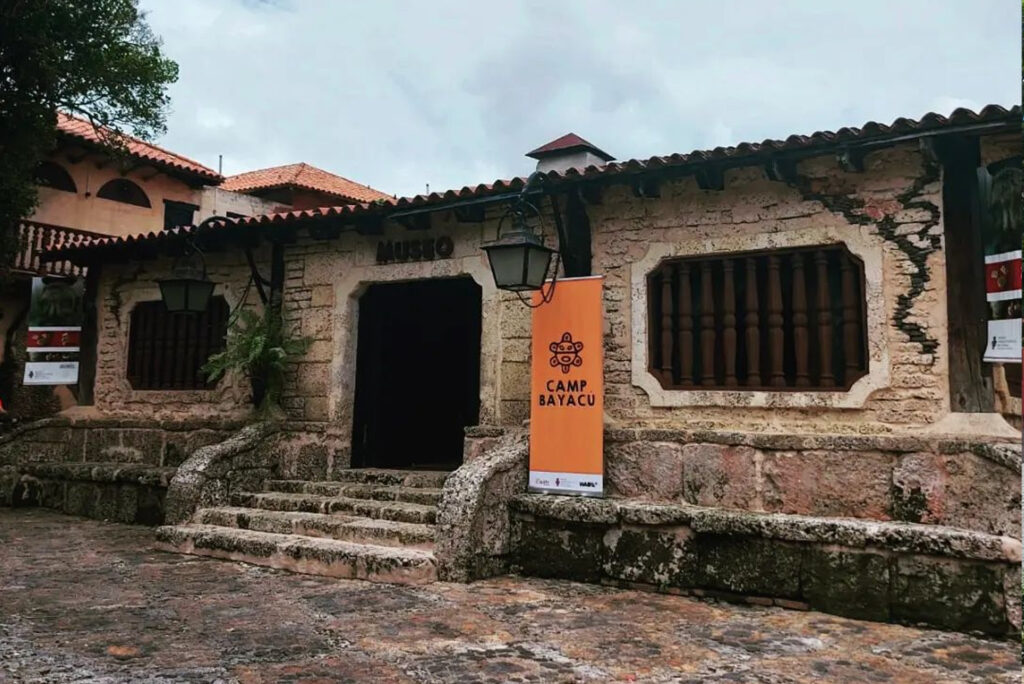 Source: @museo_chavon
Source: @museo_chavon10.Larimar Museum
Location: Calle Isabel La Católica 54, Santo Domingo 10210.
Finally, we recommend you visit the Larimar Museum. In this museum, they explain the origin of the famous indigenous blue stone also called Dominican turquoise. It has been found for millennia only around the city of Barahona, in the southwest of the country.
Unique in the world for its color and chemical composition, this stone has a spectrum of colors that goes from navy blue to light blue.
In addition, beyond the geological interest of this rarity, the stone has become a support for artisans who make jewelry. The exit goes through the store that offers the best in stone cutting.
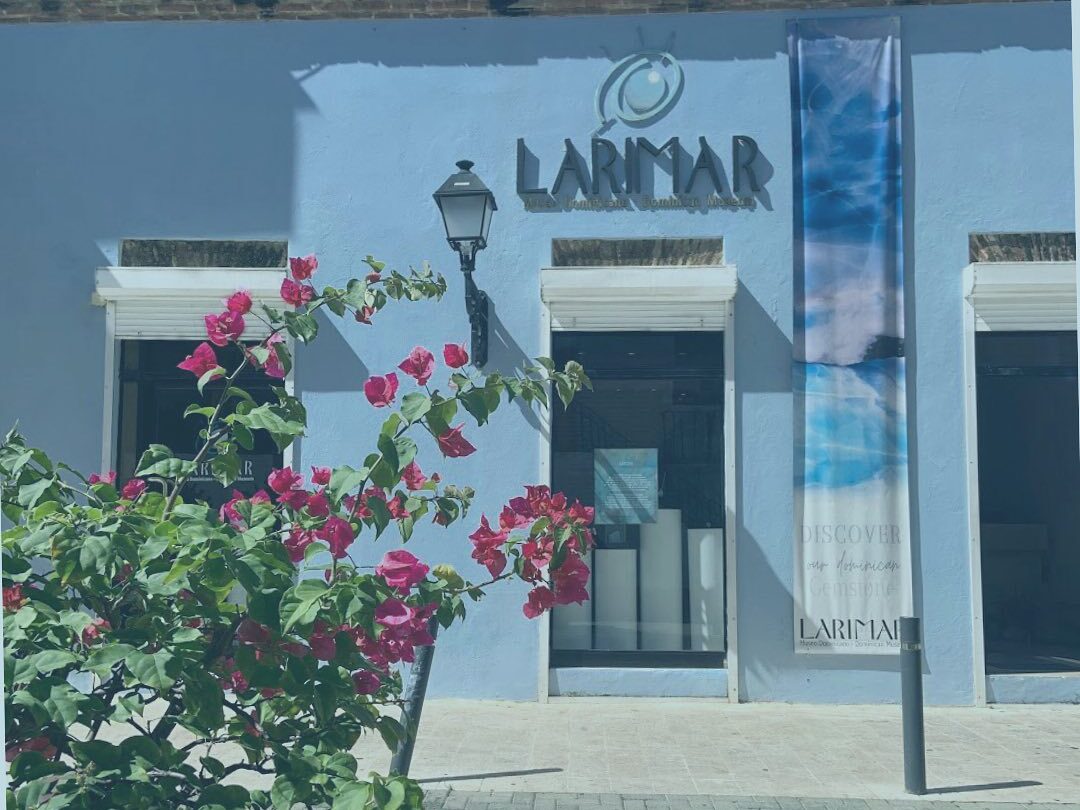 Source: @larimarmuseum
Source: @larimarmuseumWhen is the Long Night of the museums in the Dominican Republic?
Every year, the Long Night of the Museums is celebrated in Santo Domingo. This year 2022, it was held on June 25 from 10:00 AM -until 11:59 PM.
It is a unique date, organized by the Ministry of Culture and the General Directorate of Museums in the Colonial City, Plaza de la Cultura and Greater Santo Domingo, as well as in Santiago, Moca, Hermanas Mirabal, Puerto Plata, Higüey and La Roman.
Admission is free and offers exciting activities for the whole family in the public and private cultural centers of these cities. The activities range from concerts, folkloric or flamenco ballet, to plays, poetry recitals, projection of documentaries and short films, craft fairs and tastings of Dominican coffee and tobacco.
So, if you want to organize your trip soon, be sure to check the date on which this festivity will be celebrated again, and not miss out on all the activities it includes, which will add a memorable experience to your trip to the Dominican Republic.
Final words
Without a doubt, museums are the best places where you can rub shoulders with the art, history and culture of a country, also learning about its world through the vestiges that have been so carefully preserved, and that are part of the identity of your society.
In the Dominican Republic, its museums are portals to travel to the past in order to understand its present and be aware of the wonder of its lands, connecting with the peoples and the events that once took place in them. In addition, for the youngest and those who are passionate about art and culture, it will be a truly unforgettable spectacle for the senses.
If you are searching for more of the cultural life of this extraordinary country, see our article about the marvelous theaters of Santo Domingo. Don’t miss them!

